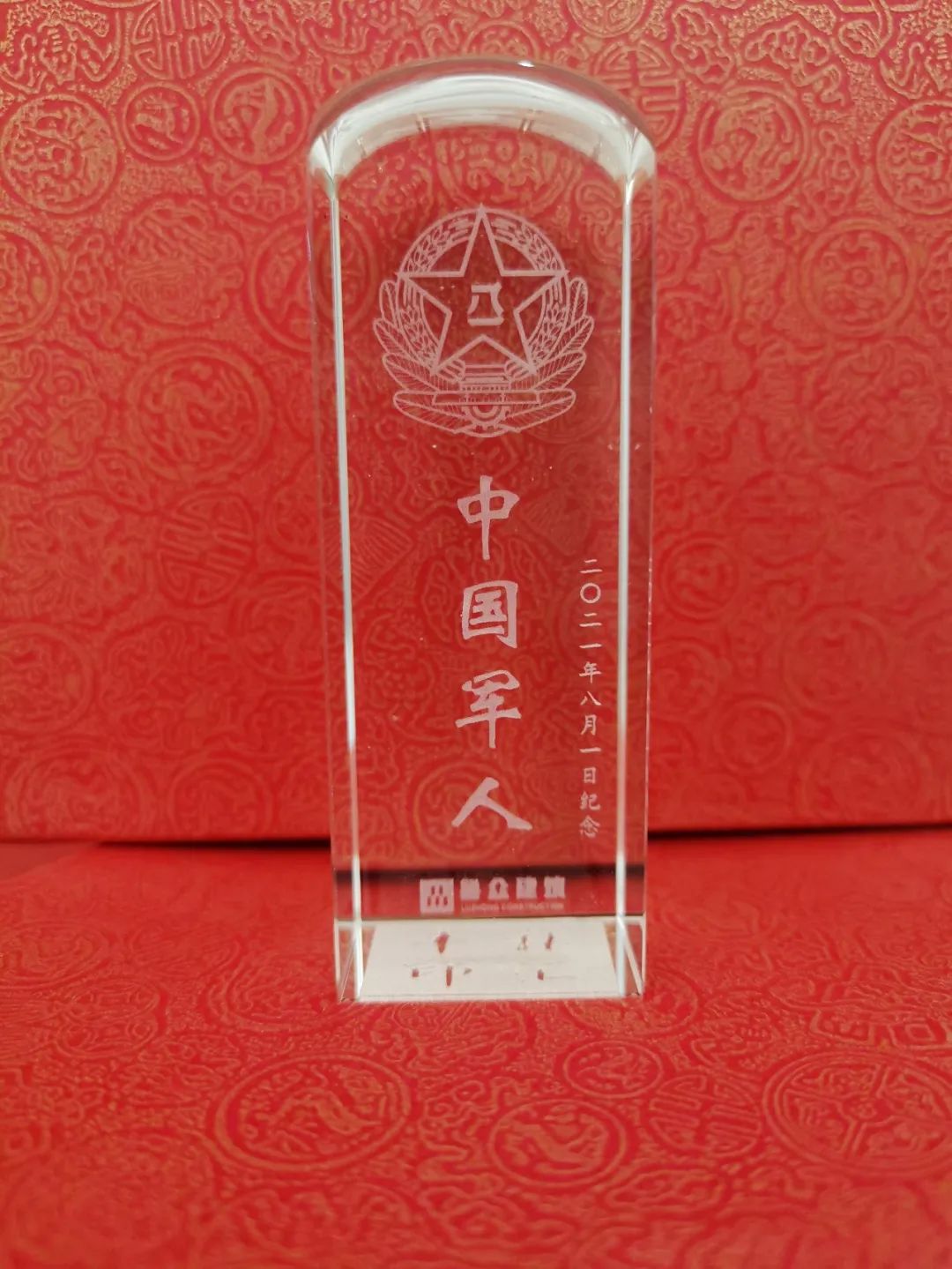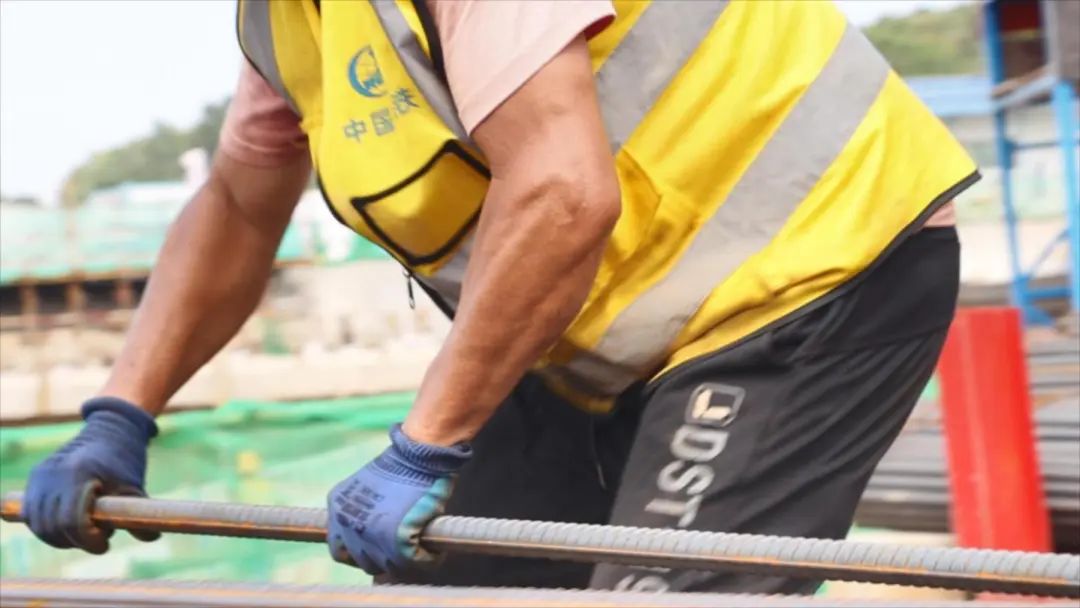Fire water supply system: it provides fire fighting water for all kinds of fire-fighting equipment.
The rainwater and snow falling on the roof of the building rainwater drainage system, especially the rainstorm, will form ponding in a short time.
The domestic drainage system can be divided into: the domestic sewage drainage system excluding the flushing toilet and the domestic sewage drainage system excluding the washing wastewater.
2.
4.
Sanitary ware and production equipment.
3.
The drainage pipe inside the building of ventilation system is water-gas two-phase flow.
Composition of building internal drainage: 1.
Water supply pipeline accessories: refer to stop valves, gate valves, check valves and various water distribution taps on the pipeline, which are used to adjust the water volume and pressure in the pipeline system, control the water flow direction and shut off the water flow, so as to facilitate the maintenance of pipeline instruments and equipment.
Booster and water storage equipment: when the water pressure of outdoor water supply network is insufficient or the requirements for water supply safety and stability inside the building are relatively high, water pumps, water tanks, pneumatic water supply equipment and water storage equipment shall be set in the water supply system.
The drainage pipeline system is composed of drainage pipes connecting sanitary appliances, horizontal branch pipes and risers with a certain slope, main horizontal main pipes buried indoors and underground and discharge pipes discharged outdoors.
2.
1.
Indoor water supply and drainage and community water supply and drainage are interrelated.
When the number of floors of the building and the number of sanitary appliances are small, the upper end of the drainage riser can be extended out of the roof for ceiling ventilation without setting a special vent pipe.
Internal water supply mode of the building: the internal drainage system of the building collects the sewage used in people’s daily life and industrial production inside the building and discharges it outdoors in time.
Water meter node: refers to the general name of the water meter installed on the lead-in pipe, the valves set before and after it, and the water discharge device.
1.
Pumping equipment: sewage and wastewater from basements of civil buildings, civil air defense buildings, underground technical floors of high-rise buildings, basements of some factory workshops, underground railways and underground buildings cannot flow out of the room by themselves, so sewage and wastewater lifting equipment must be set.
The building internal drainage system can be divided into three categories.
5.
Common valves are: 1) stop valve: it is tightly closed and has large water flow resistance.
Local sewage treatment structures: when indoor sewage does not meet the discharge requirements, local treatment must be carried out, such as sedimentation tank, oil separator, septic tank, neutralization tank, disinfection tank, etc.
Internal drainage: refers to the rainwater drainage system with rainwater bucket on the roof and rainwater pipeline inside the building..
In order to prevent the damage of water seal caused by air pressure fluctuation and the entry of toxic and harmful gases into the room, ventilation system shall be set.
When there are many floors of buildings and sanitary appliances, due to large drainage, the air flow process should be disturbed by the drainage process.
7.
External drainage: refers to the rainwater drainage method without rainwater bucket on the roof and no rainwater pipeline inside the building.
Water equipment: including sanitary ware, fire fighting equipment and production water equipment.
The drainage pipe and vent pipe must be separated and a special vent pipe shall be set.
The water source of the indoor water supply system comes from the community water supply main pipe, and the indoor sewage and wastewater are discharged into the drainage system of the outdoor community through the drainage pipe.
It is suitable for pipes with diameter greater than 50mm.
2.
The annular vent pipe shall be connected between the two sanitary appliances at the starting end of the horizontal branch pipe, and shall be connected vertically or 45 degrees with the horizontal drainage branch pipe above the center line of the horizontal drainage branch pipe.
It is necessary to set the roof drainage system to drain the rainwater on the roof in an organized and systematic manner.
Cleanouts are set on horizontal branch pipes, inspection openings are set on vertical pipes, and inspection wells are set on indoor buried horizontal main pipes.
The most common building internal water supply and drainage, fire water supply system and community water supply and drainage, of which the building internal water supply and drainage is the most important and basic part, and it is also the focus of this courseware.
When the diameter of domestic water supply pipe is ≤ 150mm, galvanized steel pipe produced by hot-dip galvanizing process shall be adopted; When the pipe diameter is ≥ 150mm, cast iron water supply pipe can be used; When the diameter of buried pipe is ≥ 75mm, cast iron water supply pipe should be used.
The valve is used to close the pipe network for maintenance and replacement of the water meter; The water release device is mainly used to vent the pipe network and detect the accuracy of the water meter during maintenance.
The roof rainwater drainage system is used to collect rain and snow water falling on the roofs of large roof buildings and high-rise buildings.
Domestic drainage system domestic drainage system is to discharge sewage and wastewater from residential buildings, public buildings and factory living rooms.
Water and sanitary ware are the starting point of building internal drainage system.
Toilet, urinal, flushing equipment, washbasin, sink, bathtub, shower, sink, floor drain.
After treatment, domestic wastewater can be used as miscellaneous water for toilet flushing or greening.
3.
3) Butterfly valve: flip the valve plate within 90 degrees, adjust, throttle and close the water flow.
2、 Composition of indoor water supply system 1.
Industrial wastewater drainage system industrial wastewater drainage system is to remove the wastewater produced in the process of process production.
Pipeline system: refers to the system composed of horizontal or vertical water supply mains, risers and branch pipes in the building.
According to whether there is gutter on the roof, it can be divided into eaves gutter external drainage and gutter external drainage.
Inlet pipe: refers to the connecting pipe section between the outdoor water supply pipe network and the water supply pipe inside the building, also known as inlet pipe.
In order to facilitate the treatment and comprehensive utilization of wastewater, it can be divided into production wastewater drainage system and production wastewater drainage system according to the degree of pollution.
The common water supply system for domestic fire fighting shall be galvanized steel pipe.
The roof rainwater drainage mode is divided into external drainage system and internal drainage system according to the location of rainwater pipeline.
Water supply pipeline mainly adopts pipes: steel pipe and cast iron pipe.
4) Check valve: used to prevent the direction of water flow in the pipeline.
The production wastewater with heavy pollution can be discharged after treatment to meet the discharge standard.
Clearing equipment: clearing equipment is required to dredge the internal drainage pipeline of the building and ensure smooth drainage.
Equipment used to meet various sanitary requirements in daily life and production process, collect and discharge sewage and wastewater.
4.
3.
5.
2) Gate valve: when fully open, the water flows in a straight line with small water resistance.
Setting of ventilation riser of drainage system: A: single riser drainage system, only one drainage riser, without special ventilation riser system; B: Double riser drainage system: also known as double pipe drainage system, which is composed of one drainage riser and one ventilation riser; C: Three riser drainage system: also known as three pipe drainage system, it is composed of one domestic sewage riser, one domestic wastewater drainage riser and one ventilation riser.
The production wastewater has light pollution and can be reused as miscellaneous water.
2.
The types of water supply system inside the building include: domestic water supply system: providing people with drinking, washing, cooking and other domestic water; Production water supply system: supply production water for cooling of production equipment, washing of raw materials and products, and production water required in the manufacturing process of various products.
5) With faucet.
Requirements for layout and laying of ventilation system: 1) the roof extending ventilation pipe shall not be less than 0.3m higher than the roof, but shall be greater than the maximum snow thickness in the area, and shall be greater than 2m when someone stays on the roof; 2) Annular vent pipe shall be set on the horizontal branch pipe connecting 4 or more sanitary appliances with a length of more than 12m and the horizontal branch pipe connecting 6 or more urinals.
1、 The type of building internal drainage system is different according to the type of sewage and wastewater accepted by the system.
The boundary between them is: the water supply system is bounded by the valve connected to the water supply pipe of the building; The drainage system is bounded by the first drainage manhole of the building.
It is only applicable to pipelines with diameter less than 50mm.
6.
3) The special vent riser is set every 2 floors, and the main vent riser is set every 8-10 floors, and the combined vent pipe is connected with the sewage riser; 4) The upper end of the special vent riser and the main vent riser can be connected with the sewage riser by an inclined tee at the upper edge of the highest sanitary ware or not less than 0.15m above the inspection port, and the lower end can be connected with the sewage riser by an inclined tee below the lowest sewage horizontal branch pipe; 5) The vent riser shall not receive sewage, waste water and rainwater, and shall not be connected with the vent pipe or flue.



